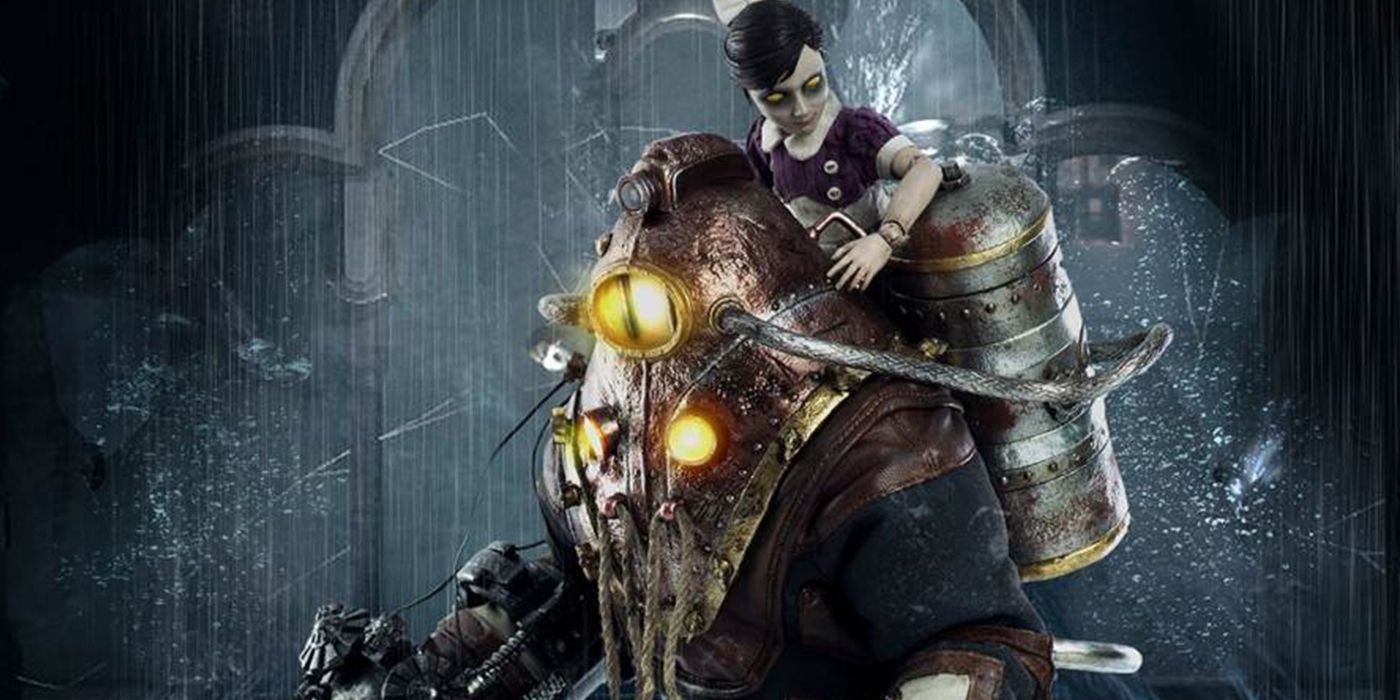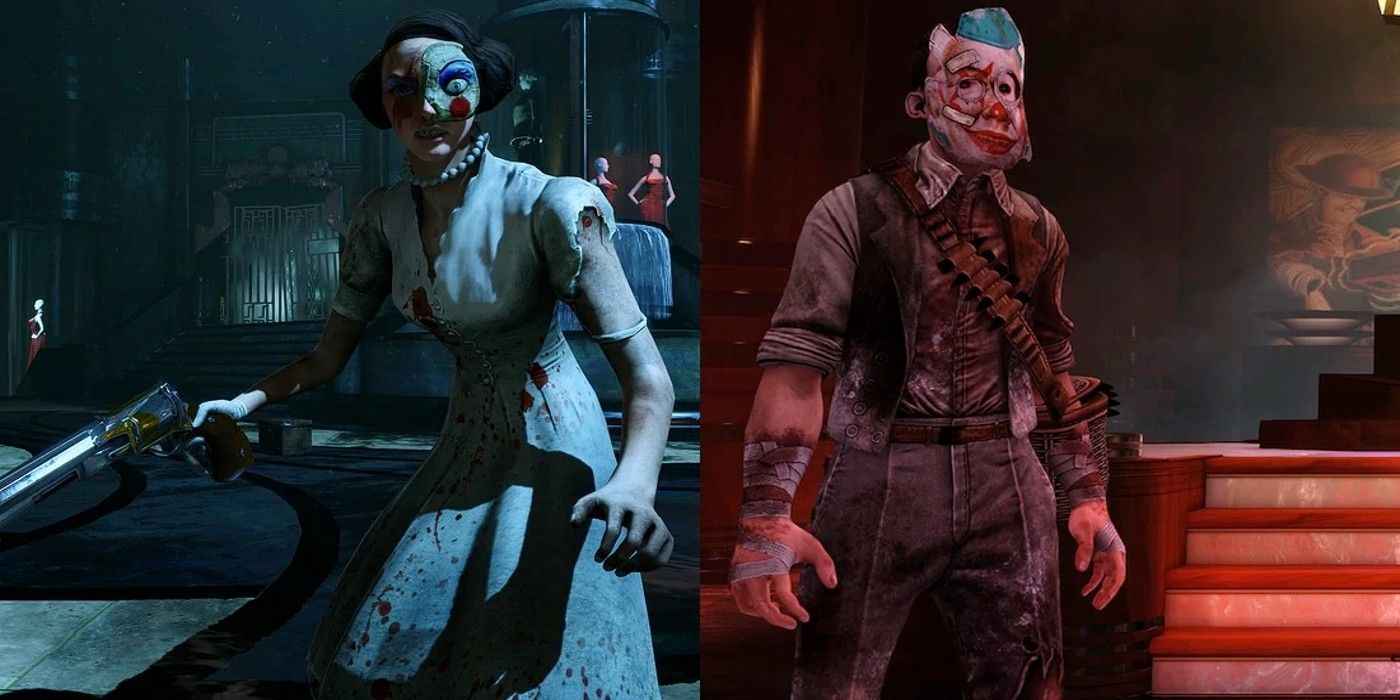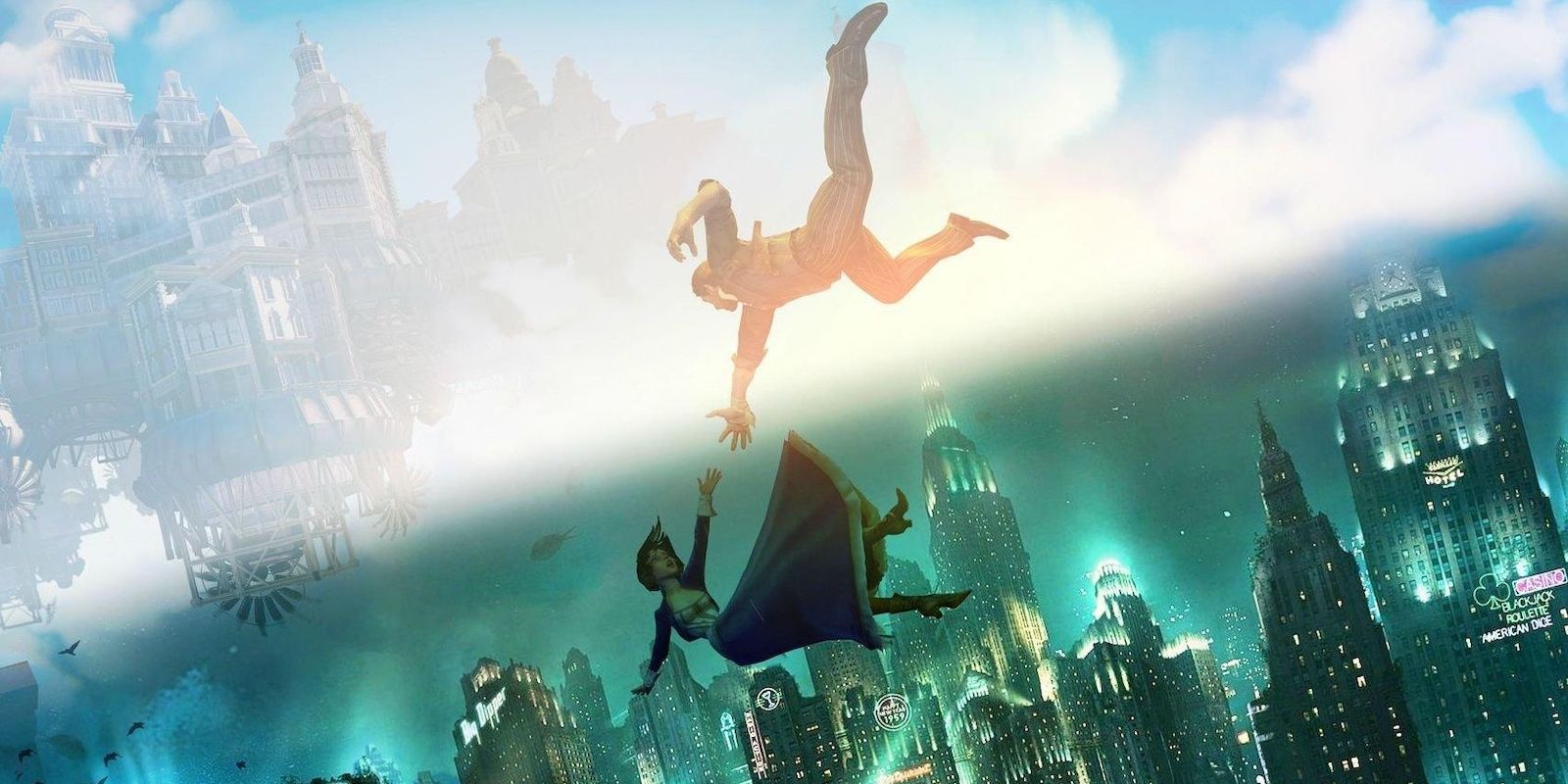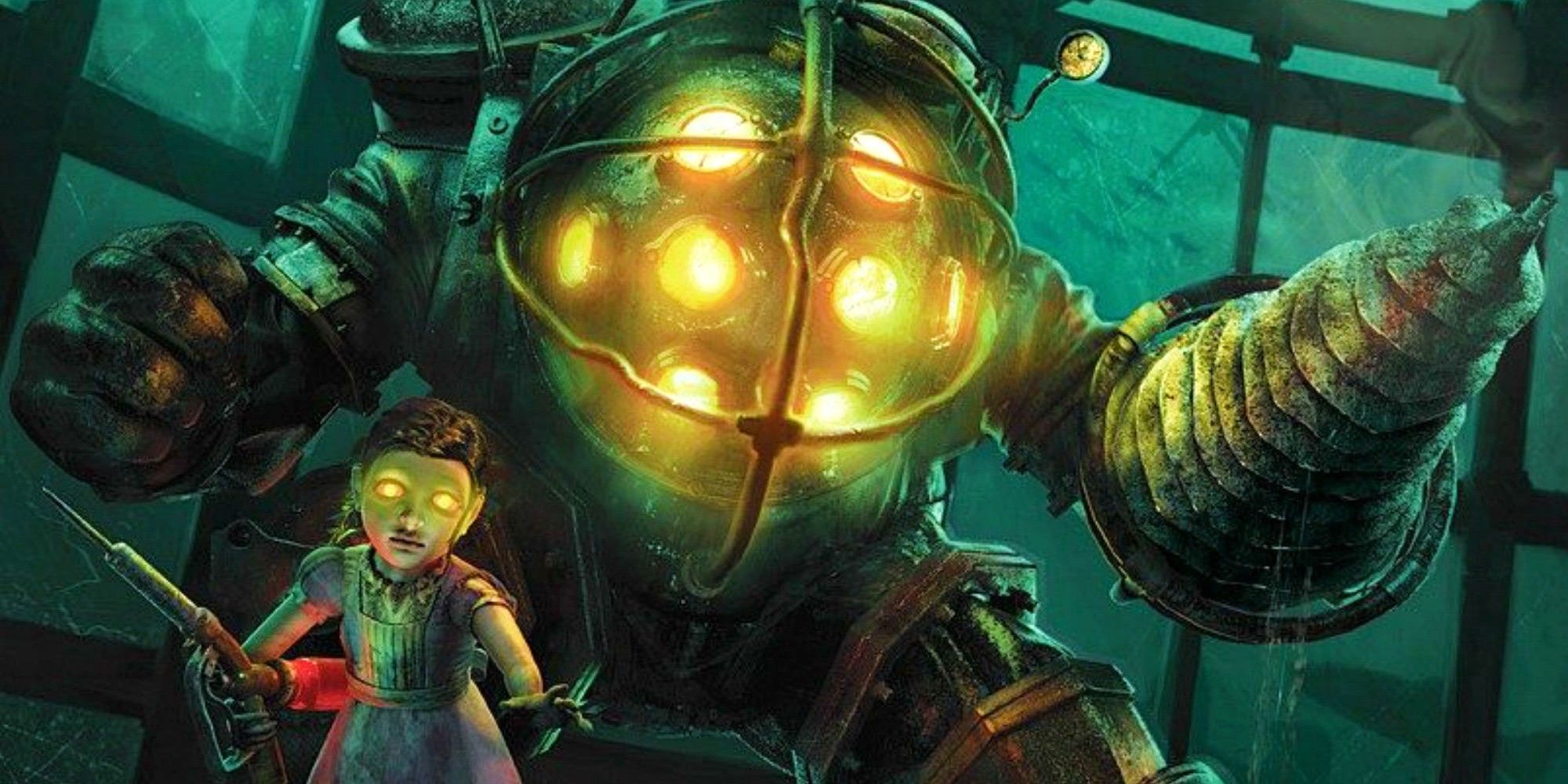There will eventually be a new addition to the BioShock franchise, and while no one outside the developer knows for sure what the game will look like or even what it will be called, many people have opinions about what they would like to see in a so-called BioShock 4. In 2019, publisher 2K Games confirmed that a rumored sequel to the earlier trilogy, to be developed by new subsidiary division Cloud Chamber, would indeed be forthcoming, though few details about that game's setting, characters, or storyline were provided. Since that announcement, there has been little official news regarding the next game, though later BioShock’s creator, Ken Levine, his next game, calling it “quite something.”
The first two games in the series, BioShock and BioShock 2, were sci-fi-themed shooters with RPG elements set in the undersea dystopia of Rapture, where players confronted monstrous enemies like Splicers and Big Daddies along with questions of human destiny, governmental power, genetic manipulation, and unbridled capitalism. These games were followed by BioShock Infinite, released in 2013 and set in the floating city of Columbia. Although the story and characters differed from the first two games, clear links were drawn between the themes of the third game and those of its predecessors. Little is positively known about the next franchise game, but recently a leaker revealed everything they know about BioShock 4, suggesting that the game will be called BioShock Isolation and that it will concern a group of Rapture refugees who have established a new metropolis in Antarctica.
No release date for the new game has been set, and a once-rumored 2022 release is now impossible. But the enduring popularity of the franchise - which recently celebrated its 15th anniversary - means that fans and players continue to speculate about what the game might feature and what similarities or differences it might exhibit in comparison to the previous trilogy. Will the new game be set in a cramped, underwater city like Rapture or in an expansive place, open to the sky, like Columbia? Will it be more first-person shooter or open-world RPG? Will the enemies be as terrifying as the original BioShock’s Splicers? Most importantly, it is worth wondering if BioShock 4 will address some of the weaknesses of its predecessors, to become the franchise’s best game ever.
BioShock 4 Needs New Physical & Philosophical Terrain
The first two BioShock games were set in Rapture, an underwater city designed by Andrew Ryan, an arch-capitalist and Ayn Rand avatar who wanted to create a world in which human freedom and imagination could flourish, unrestrained by government regulation or traditional moral values. The result was an anarchic nightmare of technology, greed, and genetic manipulation. BioShock 2 explored the flip side of the question, revealing the tragic possibilities of totalitarian collectivism. BioShock Infinite expanded on these themes by offering a critique of manifest destiny, racism, and American exceptionalism. If BioShock 4 follows refugees from Rapture as has been reported, it could be a problem if it means a return to Rapture-esque themes already raked over in the earlier games. A BioShock 4 setting different from Rapture or Columbia is needed, along with new themes and topics that extend the series in a new direction rather than visiting those that have already been dealt with in previous editions.
BioShock 4 Needs An Open, More Reactive World
The BioShock games have all featured beautifully rendered environments with scenery, backgrounds, and characters both gorgeous and horrifying. The setting are atmospheric, deeply linked to the gameplay, and representative of the themes the games explore, reflecting the ruin of Rapture and the pompous nationalism of Columbia in their graphics, lighting, and sound effects. But the gameplay within these beautiful realms is surprisingly linear. Even though elements like Rapture’s spacious rooms and Columbia’s immense, winding sky-rail system suggest openness and freedom to explore, many areas remain locked until the story allows them to be opened, and the gameplay channels players in a single direction. BioShock 4 should be open world, not because all games require it but because it would enhance gameplay, allowing players to experience the game in different ways and to enjoy unexpected encounters in new environments. The linear mode of previous games may have been necessary, given the complexity of their narratives and the desire to tell them linearly. But the effect is controlling - somewhat ironic, given the games’ thematic explorations of state power and individual freedom. A more open world would change that.
BioShock 4 Needs Better Enemies
Besides the glorious (and gloriously dark) environments in which they were set, the first two BioShock games were notable for the opponents that players faced on their journeys through Rapture. The Splicers and other genetically modified mutants were scary (the Houdini Splicers, capable of disappearing and reappearing someplace else in the middle of combat, were particularly terrifying), but BioShock 4 needs Big Daddies and Little Sisters to return. Mutated humans transformed into giant, shambling protectors of the Little Sisters (who called them, affectionately, Mr. Bubbles or Mr. B), the Big Daddies wore underwater diving suits that squeaked and creaked and groaned as they walked the streets of Rapture, always on the lookout for threats to their tiny charges.
This bond between Big Daddy and Little Sister was strong (the Big Daddy would suffer physical pain and eventual death if separated for too long from his Little Sister). It was also critical to the game’s narrative, making the Big Daddies opponents but also providing them with empathy and a kind of humanity that enriched them as characters in the game. The villains and enemies in BioShock Infinite were clever and dangerous, but nothing in Columbia could compare with the monstrosities of Rapture. Their absence from BioShock Infinite is something BioShock 4 should avoid.
Bringing back the Big Daddies and Little Sisters would not only enhance the combat of BioShock 4, it would immediately establish a connection between the new game and its predecessors. An open world in a different setting with different themes would all be welcome changes, but the next game will have to work hard if it wants to be more than just a BioShock in name only. After 10 years away, players will need to be welcomed back and reoriented to the BioShock universe, and developers would be smart to incorporate that need directly into the gameplay and narrative of BioShock 4.




